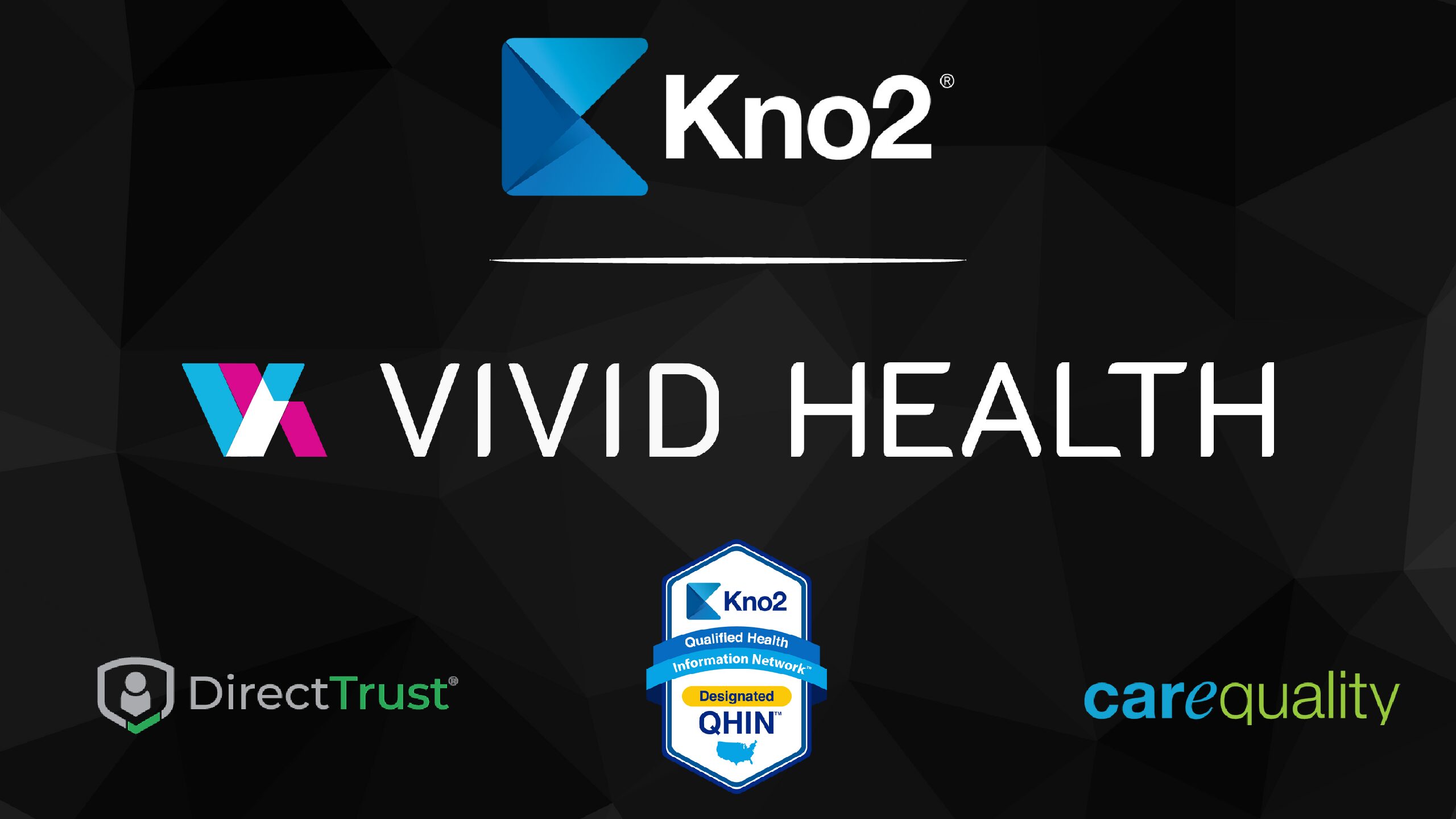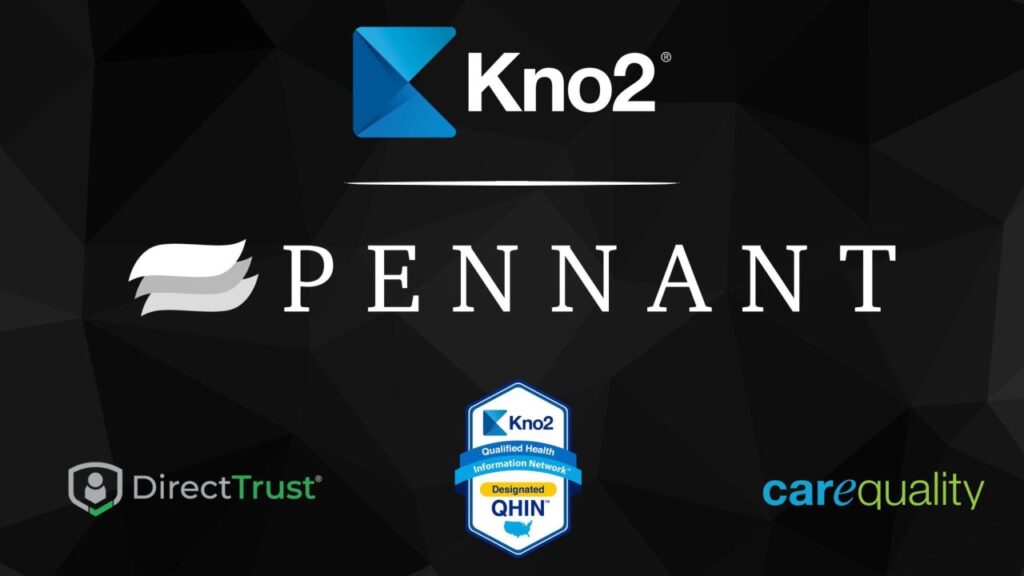Healthcare interoperability has been a hot pursuit for decades now. Where some health systems and regional efforts have experienced success and seen tremendous value in standing up robust HIEs or data-sharing models for electronic health information (EHI), the national trend continues to be marked by struggles and delays. Especially in the face of a global pandemic, the need to share patient information rapidly and effectively across the care continuum is more pressing than ever. So, it shouldn’t be surprising that legislative pressure is mounting, driving toward real, practical healthcare interoperability like never before.
Let’s examine a few ways that Centers for Medicare and Medicaid (CMS), as well as local legislative efforts, have impacted forward momentum for interoperability.
Where in the World is my Patient: Exchanging ADT Alerts at Minimum
Legislative pressure has manifested in many ways over the years, but it’s interesting to note the tendency toward low-hanging fruit to help motivate every care provider in the continuum to get on board with timely exchange of data within a region or state. CMS’s Interoperability and Patient Access Final Rule laid out several ways that care providers should interact with local, state, and national entities. Of note for this conversation, admission, discharge, and transfer (ADT) notifications were specifically called out as the mechanism for communication of patient activity to other providers.
Those who have worked in the HIE space for a while may roll their eyes at the simplicity of the regulations, certain that ADTs aren’t in and of themselves valuable enough to really change patient outcomes and shore up delivery efficiencies. But it’s worth remembering that many rural and disparate regional health networks don’t currently have the infrastructure to support more than faxing electronic health records.
Cosmopolitan executives and lawmakers may do well to spend time outside of leading-edge healthcare communities to better understand why legislative pressure for interoperability has to start with the basics: Where is my patient? Giving a PCP even a clue as to where their “Frequent Fliers” are between visits can go a long way in not only improving the interconnectedness of the care continuum, but also aid in closing the gap when chronic conditions and novel infectious diseases disproportionately harm those most in need of oversight. This simply cannot happen in a vacuum, nor can it require only cutting edge solutions.
Leveraging Existing Connectivity Platforms and Services to Meet the Law
While sending ADT alerts isn’t asking much of existing EHR platforms in place for many larger health systems, the ability for less conventional (i.e. less funded) hospitals or care settings to comply with the spirit of the directives can be more challenging. HealthChoice Illinois ADT is an example of a state-wide response to the legislative pressure to exchange ADTs, focusing on connecting Medicaid providers first, while also targeting long-term plans to connect more providers and even facilitate other use cases beyond admissions, discharges, and transfers. Offering funding and technical assistance across the state, the playing field is levelled for those who want to be part of the solution but cannot swing the effort on their own (or, quite frankly, who simply wouldn’t in absence of laws requiring them to do so).
One of the trends we’re excited to see is care networks leveraging existing healthcare IT connectivity platforms to go beyond point-to-point connectivity, capitalizing on exponential data sourcing.
The North Carolina Health Information Exchange Authority, for example, allows for providers to meet their state’s mandate for Medicaid providers by either connecting to NC HealthConnex (their state-wide HIE), or another regional HIE or connected EHR vendor. Relics of sincere attempts to stand up HIEs, RHIOs, and other healthcare information “hubs” across the nation are being tapped to meet some of these well-defined use cases (such as ADT notification), which gives hope that legislative directives may help standardize progress in connectivity and cause all boats to rise, as they say.
Optimizing Interoperability to Truly Move the Needle on Healthcare Delivery
While we applaud incentives to drive interoperability efforts, even in the form of legislative pressure, it’s important to acknowledge the variances in capacities for care providers and organizations to meet requirements in a standardized way. Starting simple certainly helps, but the long-term goals for actually optimizing interoperability with more valuable data (such as visit summaries, lab results, consolidated medical records, etc.) will be possible only when flexibility for connectivity is possible.
Not all health systems will be coming to the table with robust, well-integrated EHRs, so the market’s ability to accommodate less sophisticated (and even paper-based methods) for record keeping will continue to be vital for driving true interoperability across the nation, be it driven by legislative pressure or true organizational altruism.






